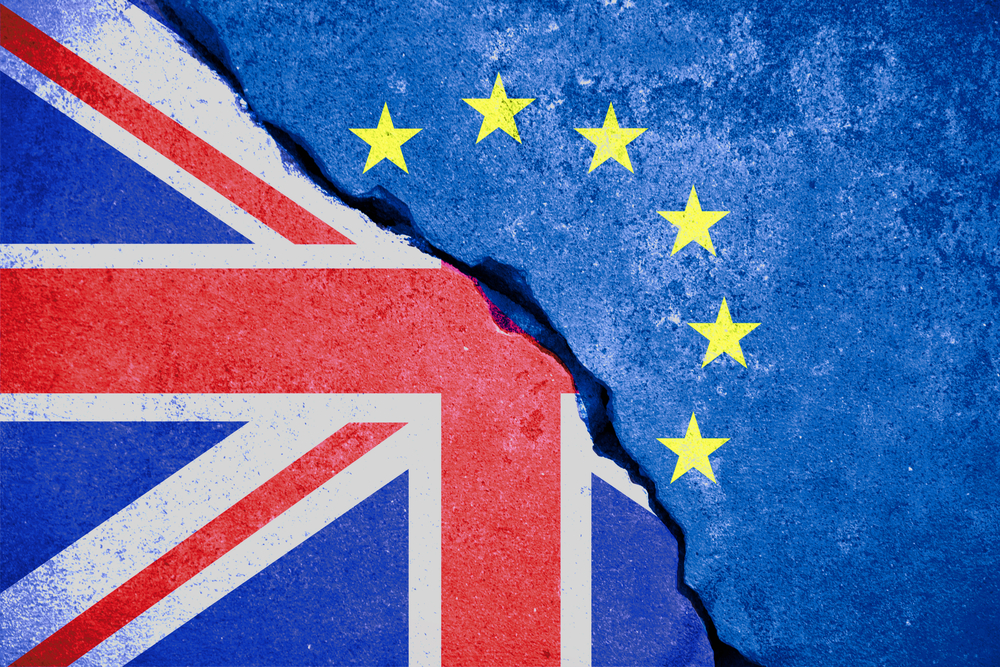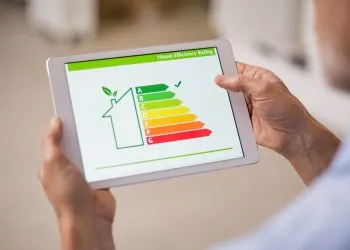The UK property market is seeing a “reverse ripple” effect, as a revival in activity in England’s regions begins to filter through into Outer London. According to estate agent haart, branches around 100 miles away from London saw a 75% increase in September, while those around 45 miles away from the capital have increased by […]
 The UK property market is seeing a “reverse ripple” effect, as a revival in activity in England’s regions begins to filter through into Outer London.
The UK property market is seeing a “reverse ripple” effect, as a revival in activity in England’s regions begins to filter through into Outer London.
According to estate agent haart, branches around 100 miles away from London saw a 75% increase in September, while those around 45 miles away from the capital have increased by 37%.
Regions closer to London but outside of the M25 such as Kent and Anglia have seen activity grow by 5.5% and 6.9%, respectively.
The ripple begins to weaken as it crosses the M25, with activity in haart’s Middlesex and South London regions falling by 4.3% and 5.7%, respectively. Growth inside of the M25 overall sat at a much weaker 1.1% during the same period.
Paul Smith, chief executive of haart, said: “The evidence from our branches is that areas around 100 miles from the capital are where the market is reviving, and this is spreading towards the South East and London – a complete reversal of the traditional ‘London first’ pattern.
“This could be a historic realignment of our property market away from central London, or a purely post-Brexit ‘flash in the pan’ phenomenon. What is clear is that since June, Britain’s property market has been turned on its head and London, for a change, is beginning to rely on the rest of the country for life-support.”
While house prices have started rising rapidly in regions such as the East and South East of England, they remain flat in Outer London and continue to fall in more Central London areas.
The number of UK residential transactions dropped from over 60,000 in June to less than 30,000 in August following the Brexit vote.
London has borne the brunt of the damage since, with prices falling a further 0.7% in September and transactions down by 7.4% during the same period. Inner London, traditionally the key driver of national house price growth is in decline and some branch agents believe at the current rate London could be the last place in Britain to recover from Brexit.
The latest ONS UK House Price Index shows that the East of England is currently experiencing the highest growth in terms of house prices across the UK at 13.3% and the South East is seeing growth of 12.4%.
Inner London house prices now sit at an average of £518,997, which is only up 2.4% on the year – markedly down from the 19.3% annual increase that the branches were seeing prior to the rise in stamp duty and the Brexit vote.
Smith said: “London has traditionally been seen as the crown jewel of the country’s property market, as its expanding housing bubble has grown in strength to strength in recent years. Typically resilient, London was the quickest to recover following in the 2008 recession. However the multitude of blows that have befallen London property market over the last couple of months are obviously proving too much to bear.
“We would like to see the government announcing measures to ease London’s suffering at this coming Autumn Statement, such as cuts to the current rate of stamp duty, as well as new and greater measures to encourage homeownership. It is also especially important that we see incentives put in place for London’s first-time-buyers, who are quickly becoming a generation of renters. With measures to ease the impact on London in place, we can hope to see the capital bounce back, and enjoy the growth that more regional parts of the country are seeing.”














